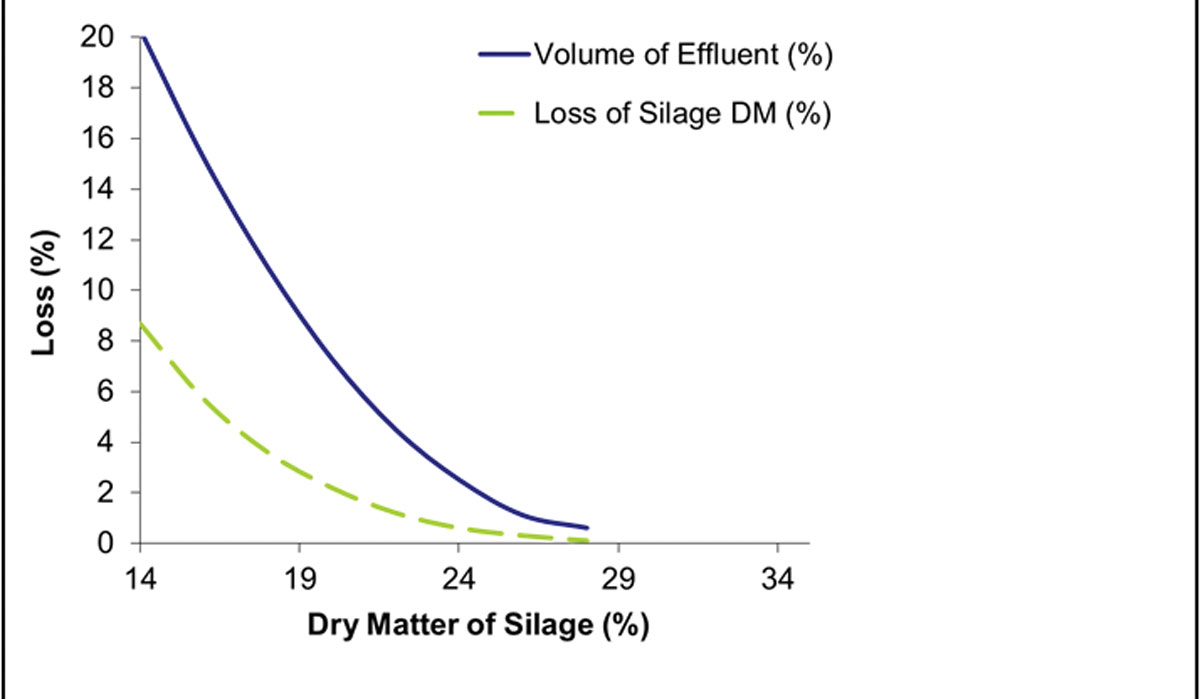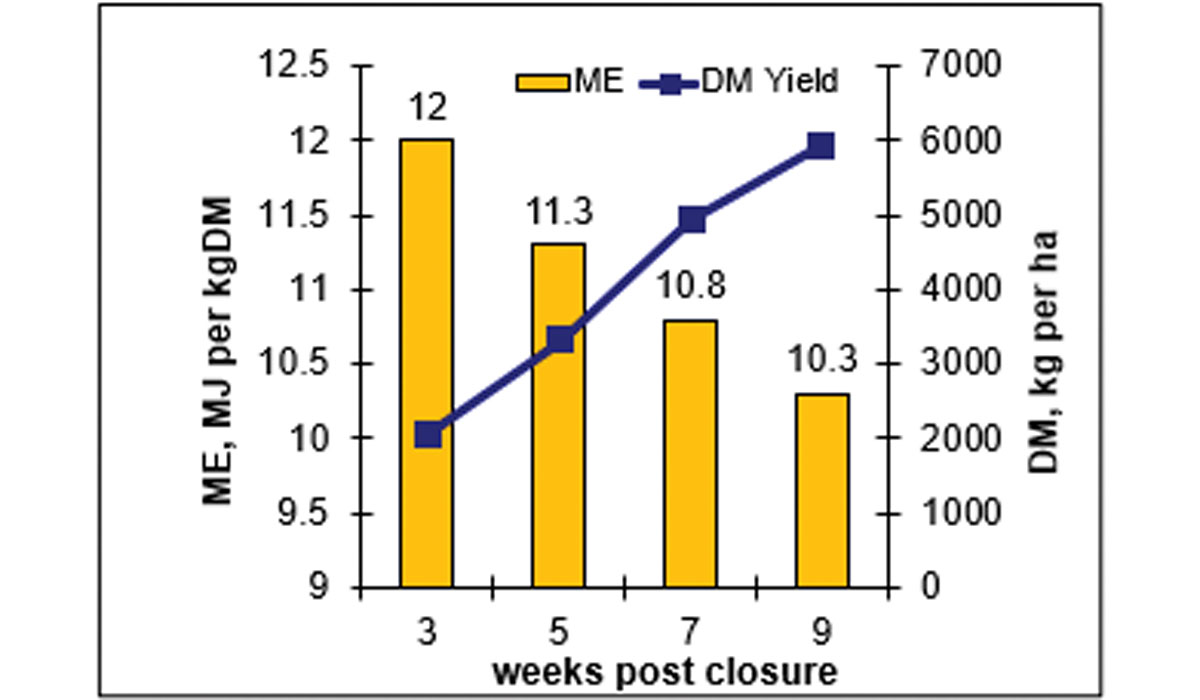Hitting heifer liveweight targets
Early December marks a key transition for many dairy farmers, as weaned replacement heifers head off-farm to grazing.
By the middle of September, the grass silage making season will be well underway.
It will start on permanent cropping land with farmers harvesting annual ryegrass crops before the area is replanted in maize, and will continue on dairy farms as they move past balance date and begin to develop a pasture surplus. Well-made, high-quality grass silage is one of the most valuable feeds available to farmers. It will be high in energy and protein, and as a stored feed it can be one of the most flexible feeds in the farmer's toolbox to fill summer feed deficits. I am going to go into the mechanics of making great silage as this is well covered elsewhere (see https://www.pioneer.co.nz/inoculants/product-information/how-to-make-quality-pasture-cereal-and-lucerne-silage-guide/making-quality-silage or https://www.dairynz.co.nz/feed/supplements/grass-silage/ ).
While we all understand the mechanics of making high quality silage, it is hard to put them into practice. We know good planning and good communication with the silage contractor increases the chance of making high quality grass silage. However, it is hard to plan for the biggest risk factor to making great silage - the weather. Good planning and communication increase the chance that the contractor will be available when the grass is at optimal quality. However, it all comes to nothing if the weather doesn't play ball, when the question is often asked, "Do I take my silage early (i.e. cut followed by little or no wilting) or do I leave it a bit later when the weather might be more stable?"
Too dry or too wet?
Theoretically, the ideal harvest drymatter for pasture silage is somewhere above 28%, as this is where the risk of losses through leachate are significantly reduced (see Figure 1).
 |
|---|
|
Figure 1. Leachate losses from pasture silage vs pasture drymatter (from Bastiman & Altmann, 1985) |
Leachate from grass silage is particularly problematic. Not only is it full of soluble sugar (and therefore energy) that can be used by the cow to produce milk, it is also very dangerous to aquatic life due to its high biological oxygen demand (BOD). Depending on the concentration of leachate, a small amount of Leachate (1 litre) in a large amount of water (10,000 litres) can threaten fish survival. Because of this, every regional council requires farmers to prevent silage leachate from entering waterways. It is important to see what the rules are for your region and make sure that you comply.
Practically speaking, the ideal harvest drymatter window is somewhere between 25% - 40% DM. Below 25%, the leachate losses increase substantially, while harvesting too dry can also be problematic. Over-wilted grass (above 40%) is difficult to compact into a bunker or stack, therefore increasing the aerobic losses.
Harvest time and quality
The next question then is "If it is not too smart to cut the grass and harvest it too wet, is it better to leave it growing until a safer weather window comes along? And if I do this, how much quality do I lose?" A former DairyNZ scientist, Dr Justine McGrath, published some data which shows the loss of grass quality over time (see Figure 2).
 |
|---|
|
Figure 2. Pasture quantity vs quality (from McGrath et al, 1998) |
This clearly shows that while there is quality loss as the pasture matures, the loss of quality isn't that great over a 2-week period and some of the loss in quality is compensated for by a gain in quantity.
So, if the weather doesn't allow to harvest the silage at the perfect time, it isn't a disaster. To reduce the risk of leachate loss, it is better to wait a couple of weeks and harvest when the weather allows for the grass to be sufficiently wilted, to ensure reduced risk of leachate loss.
Ian Williams is a Pioneer forage specialist. Contact him at This email address is being protected from spambots. You need JavaScript enabled to view it..
Grace Su, a recent optometry graduate from the University of Auckland, is moving to Tauranga to start work in a practice where she worked while participating in the university's Rural Health Interprofessional Programme (RHIP).
Two farmers and two farming companies were recently convicted and fined a total of $108,000 for environmental offending.
According to Ravensdown's most recent Market Outlook report, a combination of geopolitical movements and volatile market responses are impacting the global fertiliser landscape.
Environment Canterbury, alongside industry partners and a group of farmers, is encouraging farmers to consider composting as an environmentally friendly alternative to offal pits.
A New Zealand dairy industry leader believes the free trade deal announced with India delivers wins for the sector.
The Coalition Government will need the support of at least one opposition party to ratify the free trade deal with India.